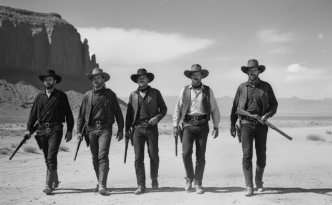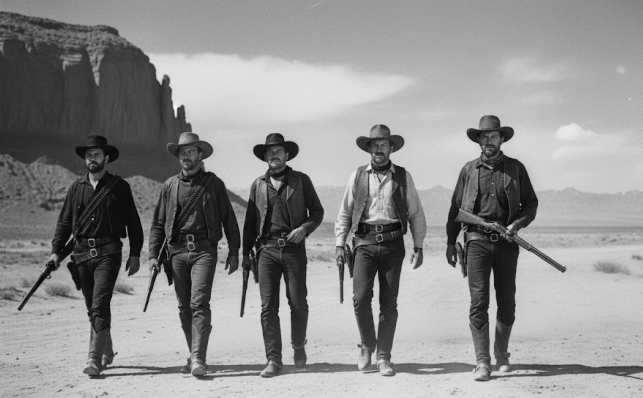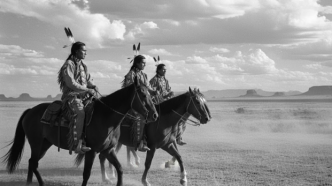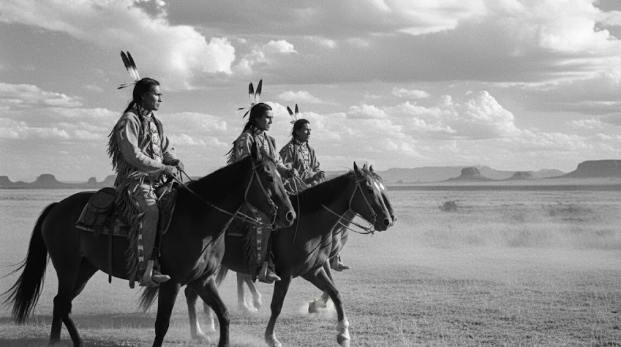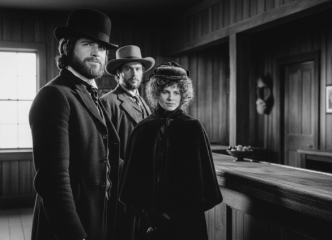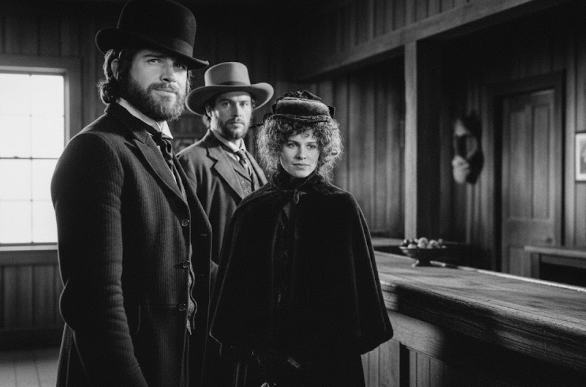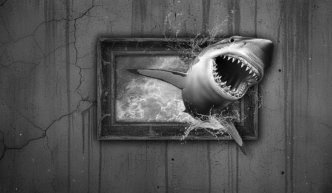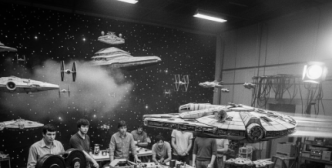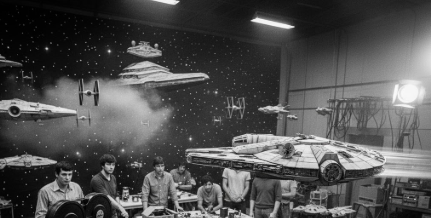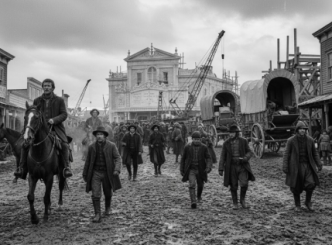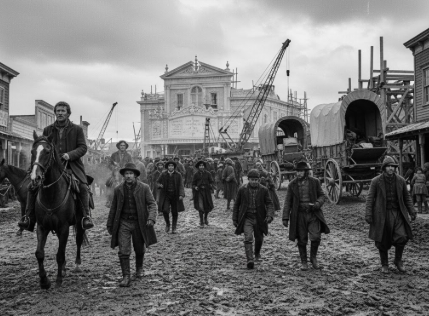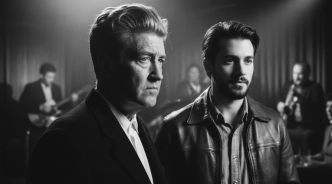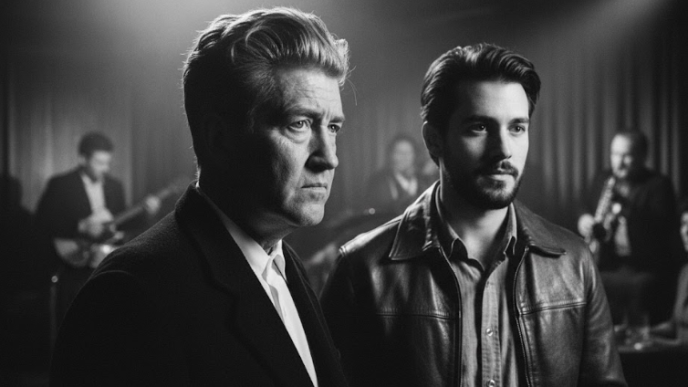In 1969, at the height of the Vietnam War and a period of profound social upheaval in America, director Sam Peckinpah unleashed a cinematic firestorm. The Wild Bunch was not just another Western; it was a violent, elegiac, and morally complex reinvention of the genre that shattered the romantic myths of the Old West. Controversial for its graphic violence and its portrayal of crude, aging outlaws, the film was a landmark of the New Hollywood era, a “traumatic poem of violence” that confronted audiences with the brutal reality of killing.
Peckinpah, earning his nickname “Bloody Sam,” used revolutionary editing techniques and a cynical worldview to deconstruct the genre’s conventions, replacing clear-cut heroes with morally ambiguous men trying to survive in a world that had passed them by. More than fifty years later, The Wild Bunch remains one of the most influential and debated films in American history, a masterpiece of “savage poetry” that forever changed the language of action cinema.
The End of the West, The End of the Myth
The Wild Bunch is set in 1913, on the cusp of a new century, a time when the frontier is rapidly being tamed by industrialization and corporate capitalism. The film’s protagonists, an aging gang of outlaws led by Pike Bishop (William Holden), are relics of a bygone era, men whose code of honor and way of life are becoming obsolete. This theme of the dying West is central to the film’s narrative. As Pike himself acknowledges, “We got to start thinking beyond our guns. Those days are closing fast.”
Peckinpah deliberately subverts the classic Western’s moral clarity. In this world, there are no white-hat heroes. The “Wild Bunch” are killers, but the posse of bounty hunters pursuing them, led by Pike’s former partner Deke Thornton (Robert Ryan), are even more depraved. The film’s true villain is the railroad agent Harrigan, a ruthless corporate capitalist who orchestrates the opening ambush that results in the slaughter of dozens of innocent townspeople. By blurring the line between the “good guys” and the “bad guys,” Peckinpah creates a morally ambiguous landscape where survival, not justice, is the primary goal, reflecting the disillusionment of the Vietnam era.
A Ballet of Bullets: The New Grammar of Violence
The film’s most revolutionary and controversial element is its portrayal of violence. Peckinpah set out to shatter the illusion of the clean, bloodless gunfights of classic Westerns, intending to “bathe the viewers in blood and gore” and force them to confront the true ugliness of violence. The film’s opening and closing shootouts are masterpieces of carnage, choreographed with a brutal, almost balletic intensity.
To achieve this, Peckinpah and his editor, Lou Lombardo, pioneered a groundbreaking editing style that would become the template for modern action sequences. They used multiple cameras shooting at different frame rates, then combined the footage with intricate, multi-angle, quick-cut editing and the extensive use of slow motion. This technique, inspired by Akira Kurosawa’s Seven Samurai, creates a visceral and traumatic experience, accentuating the horror of each bullet’s impact and drawing out the “agonizing, ecstatic flail” of death. The violence is not just spectacle; it is a thematic statement on the inherent brutality of human nature and a direct commentary on the senseless slaughter of the Vietnam War.
Honor Among Thieves: A World Without Heroes
The protagonists of The Wild Bunch are far from the noble cowboys of John Ford’s films. They are crude, violent men, yet they are bound by a code of honor and loyalty to each other. “When you side with a man, you stay with him,” Pike tells his gang. “And if you can’t do that, you’re like some animal.” It is this code that ultimately redeems them. While the posse of bounty hunters are depicted as “gutter trash” who would kill each other for a bounty, the Bunch’s loyalty is tested and ultimately affirmed in the film’s climax.
After their friend Angel (Jaime Sánchez) is captured and tortured by the corrupt Mexican General Mapache, the four remaining members of the Bunch make a suicidal decision to rescue him. Their final, iconic walk to confront Mapache’s army is not a quest for money or survival, but an act of existential defiance—a final stand for their code in a world that no longer values it. This “last hurrah” culminates in an apocalyptic gun battle where they are brutally killed, but die on their own terms, achieving a form of tragic grandeur.
Conclusion: A Revolution in Hollywood
When The Wild Bunch was released, it was polarizing, with many critics and audience members reviling its graphic violence. But its influence was undeniable. The film’s complex anti-heroes, its pessimistic deconstruction of American mythology, and its revolutionary approach to depicting action left an indelible mark on cinema. Directors like Martin Scorsese, Quentin Tarantino, and John Woo have all cited it as a major influence. The Wild Bunch is a landmark of the New Hollywood, a challenging and ferocious masterpiece that not only redefined the Western but also created a new, more honest language for violence on screen.
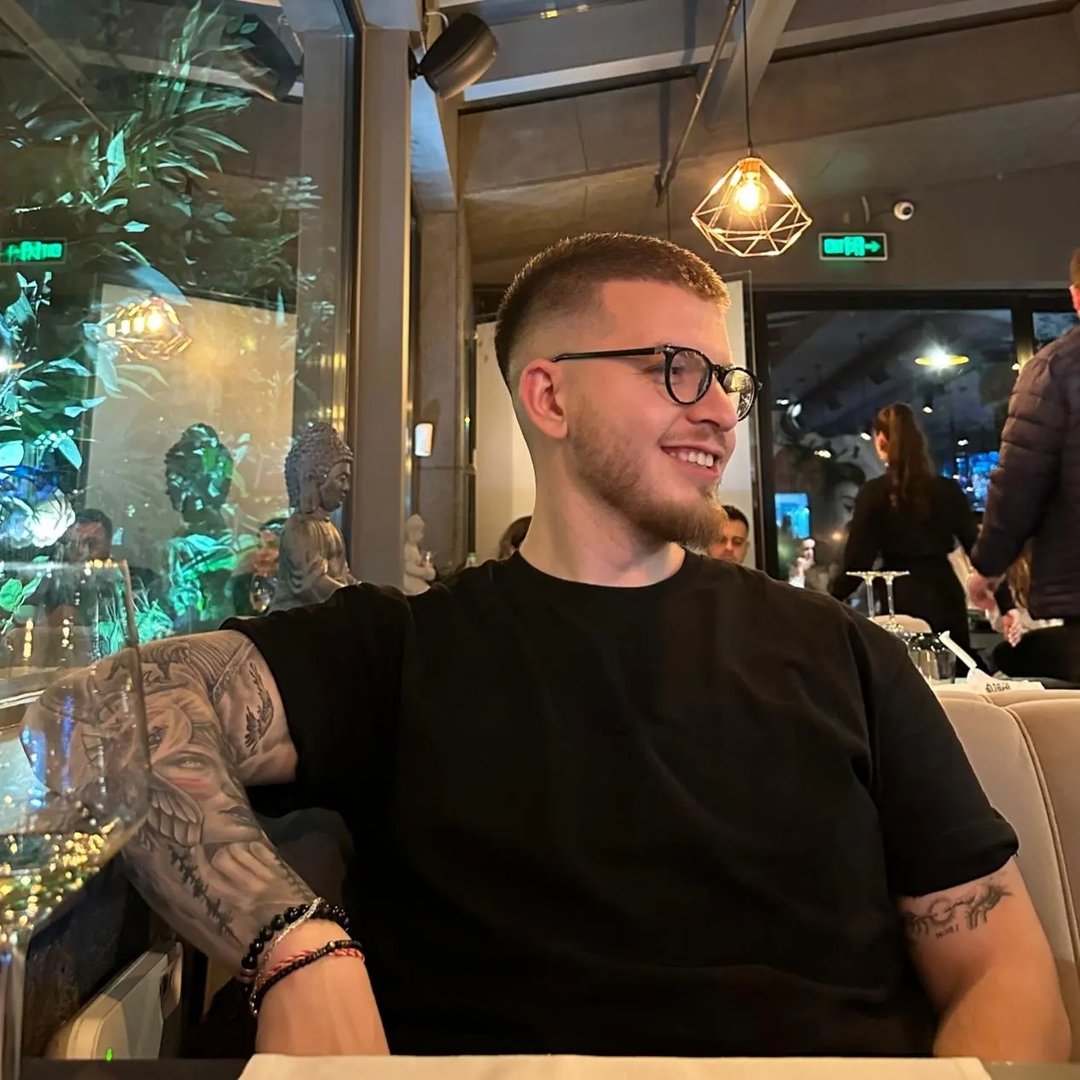
Dario Loce is the founder and editor of Celebrimous. He is a lifelong film enthusiast and the author of several locally-published books on cinema history and analysis. His passion is deconstructing the “how” and “why” of filmmaking, from the director’s vision to the editor’s cut. When not lost in a classic film, he’s usually walking through the city, replaying scenes in his mind like unfinished stories.
